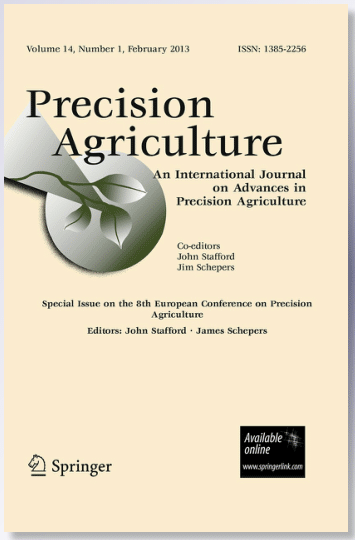Consumer-grade cameras have emerged as a cost-effective alternative to conventional scientific cameras in precision agriculture applications. However, there is a lack of information on their appropriate use and calibration. This study focused on developing practical methodologies for determining optimal camera settings and converting image digital numbers (DNs) to reflectance. Two Nikon D7100 and two Nikon D850 cameras with visible and near-infrared (NIR) sensitivity were deployed on both manned and unmanned aircraft for image acquisition. To optimize camera settings, including exposure time and aperture, an approach that considered flight parameters and image histograms was employed. Linear and nonlinear regression analyses based on multiple nonlinear models were performed to accurately characterize the reflectance-DN relationship across all four bands (blue, green, red and NIR) based on seven calibration tarps. The results revealed that the exponential model with vertical translation was the optimal model for reflectance conversion for both camera types. Based on the optimized camera parameters and the optimal model type, this study provided an extensive analysis of the models and their root mean square errors (RMSE) derived from all 952 possible 2- to 6-tarp combinations for all bands in both camera types. This analysis led to the selection of optimal tarp combinations based on the desired level of accuracy for each of the five multi-tarp configurations. As the number of tarps increased to 4, 5, or 6, the RMSE values stabilized for all bands, indicating 4-tarp combinations were the optimal choice. These findings hold significant practical implications for practitioners in precision agriculture seeking guidance for configuring consumer-grade cameras effectively while ensuring accurate reflectance conversion.



